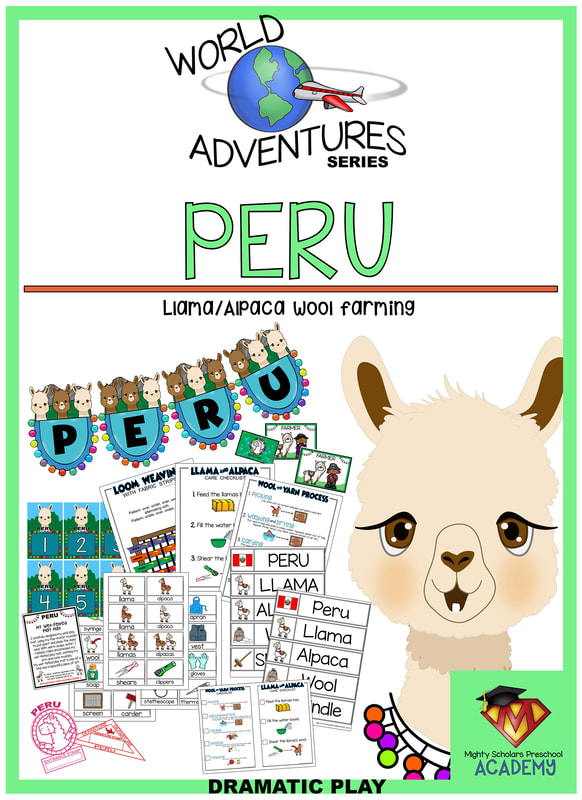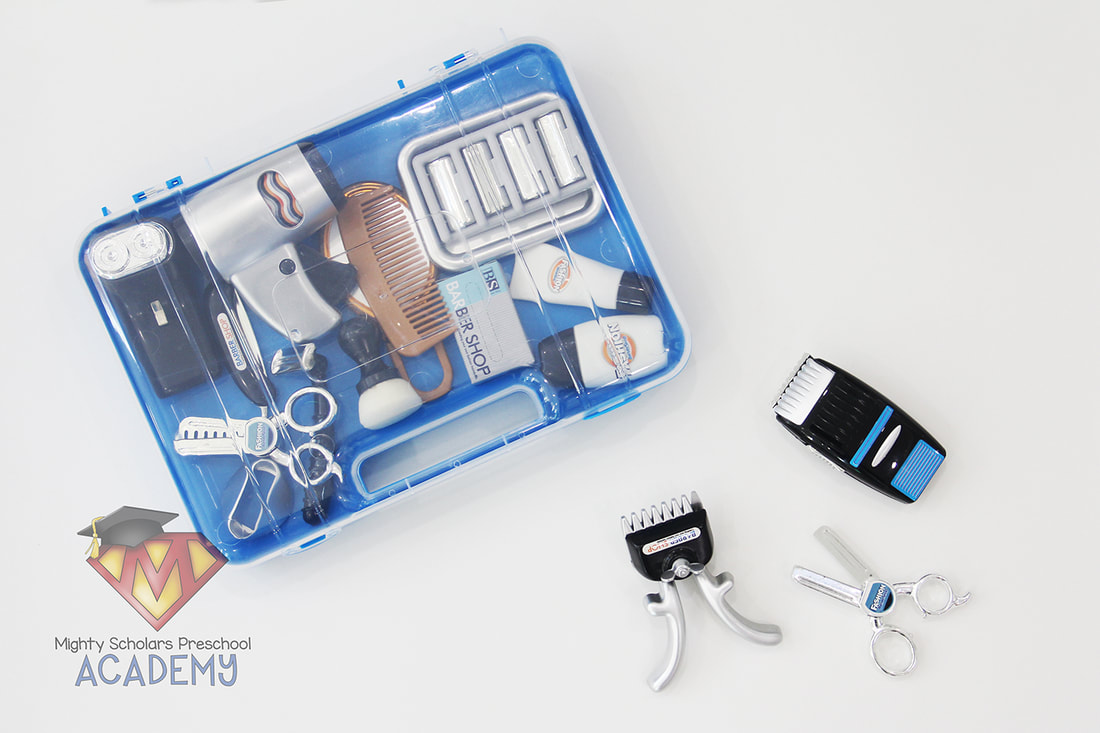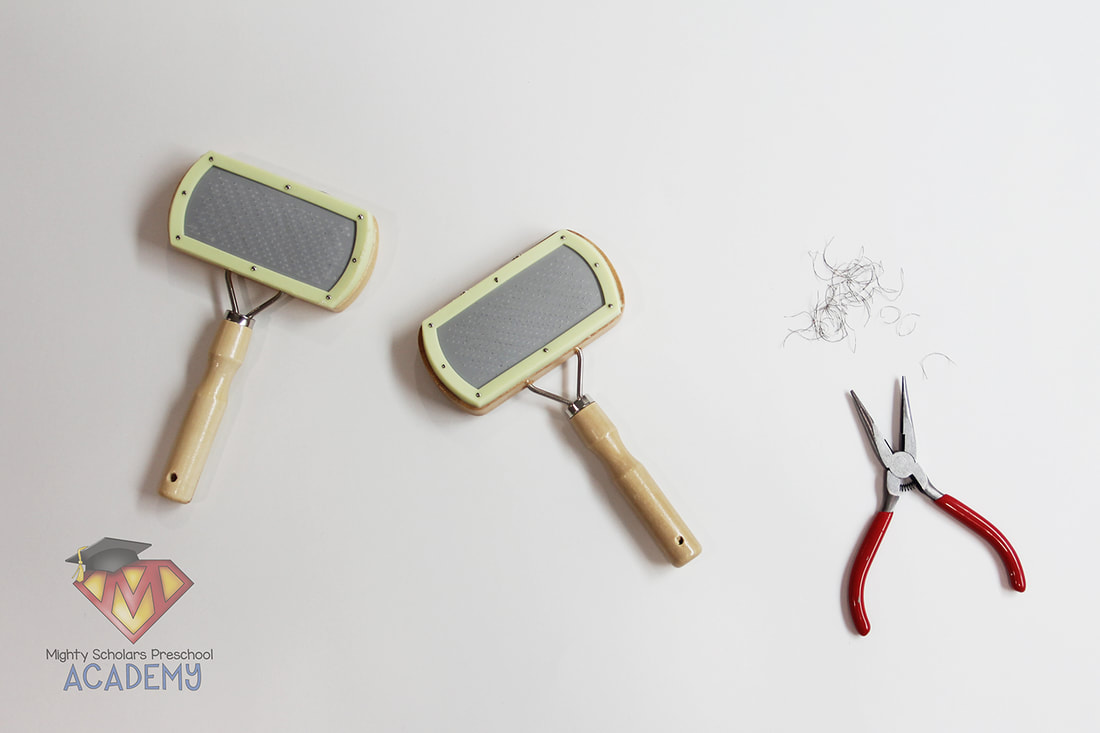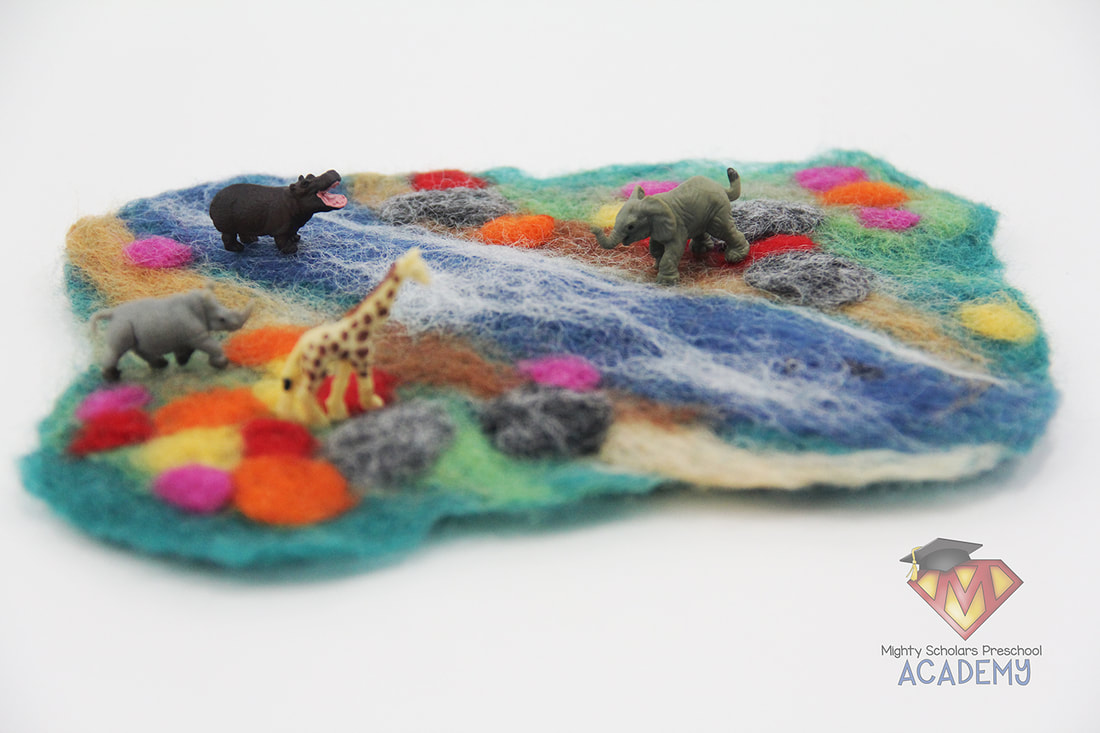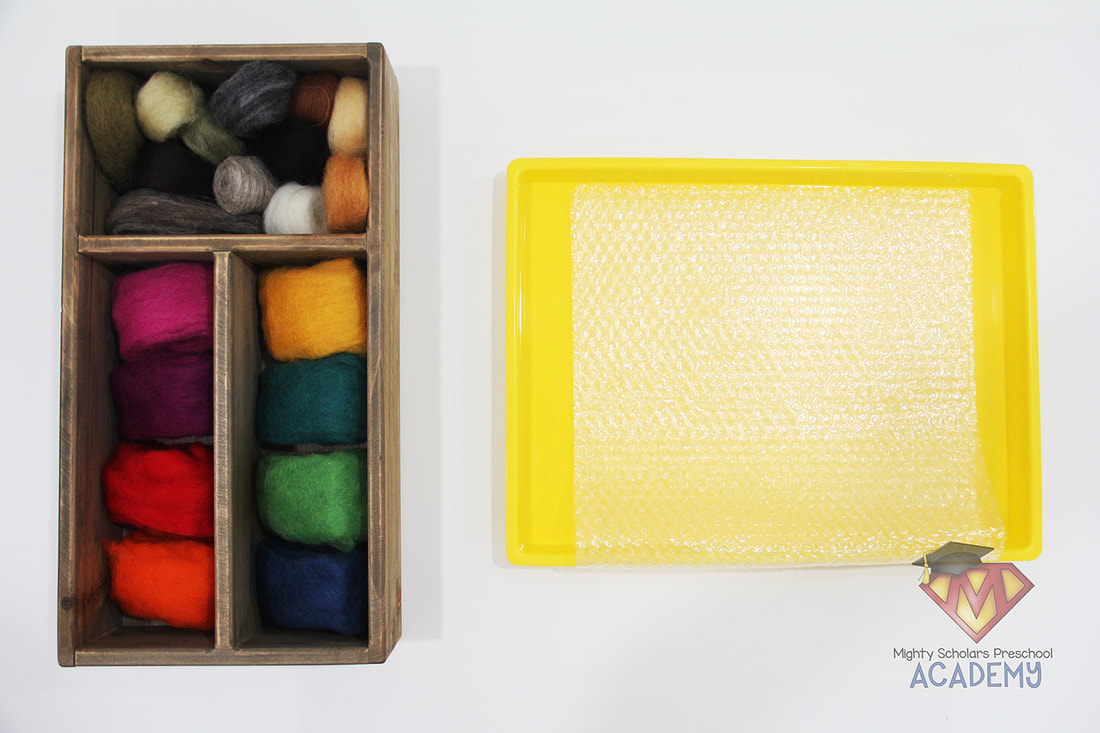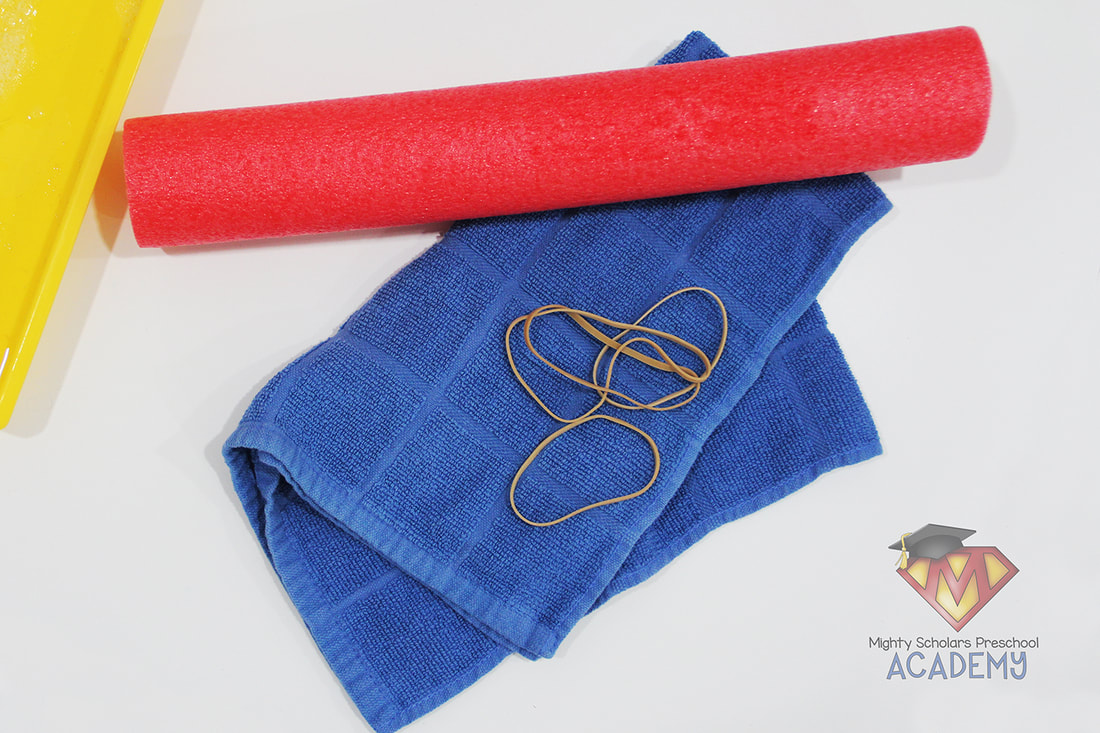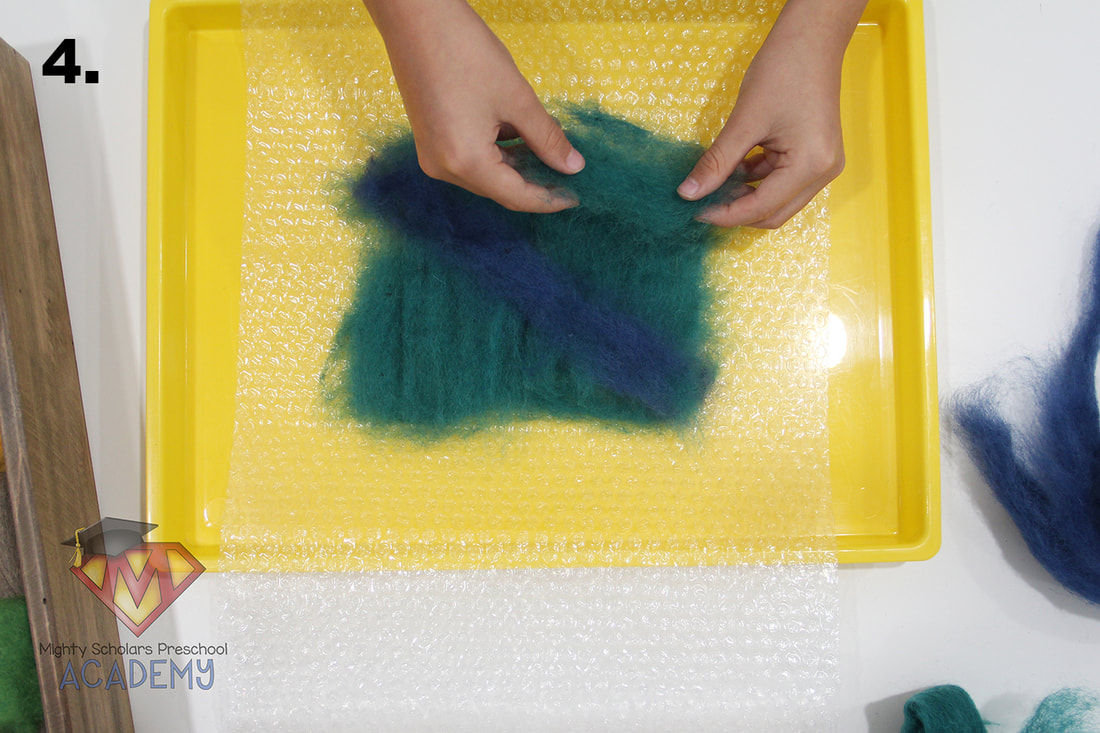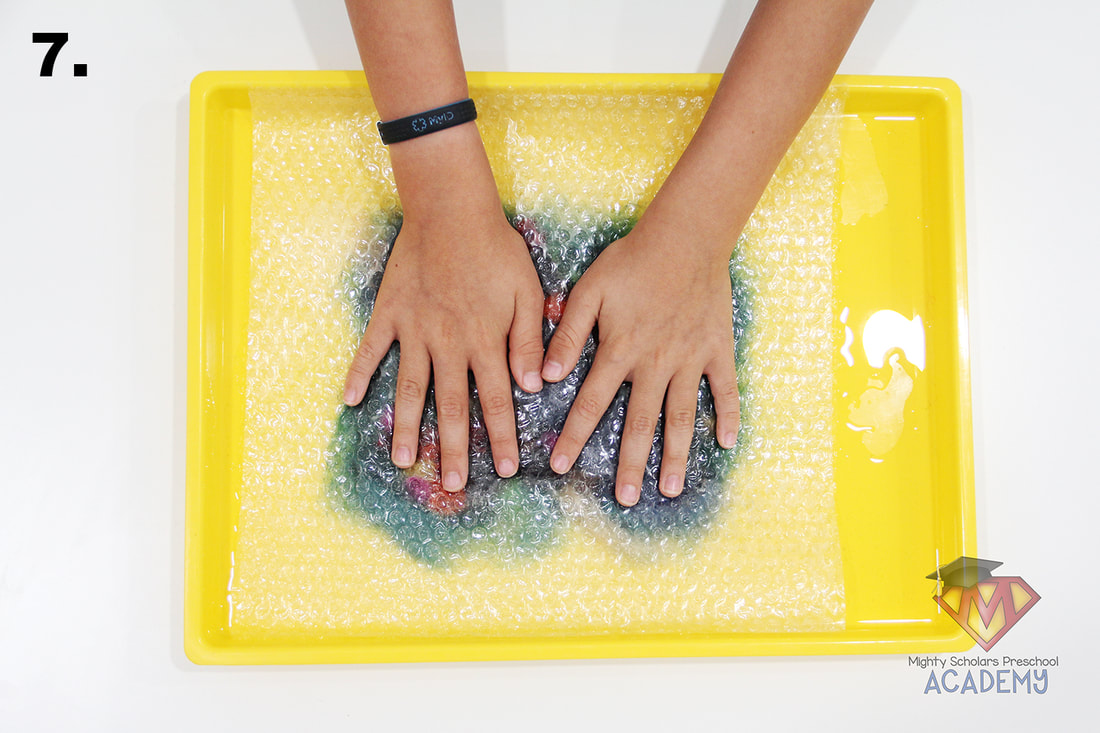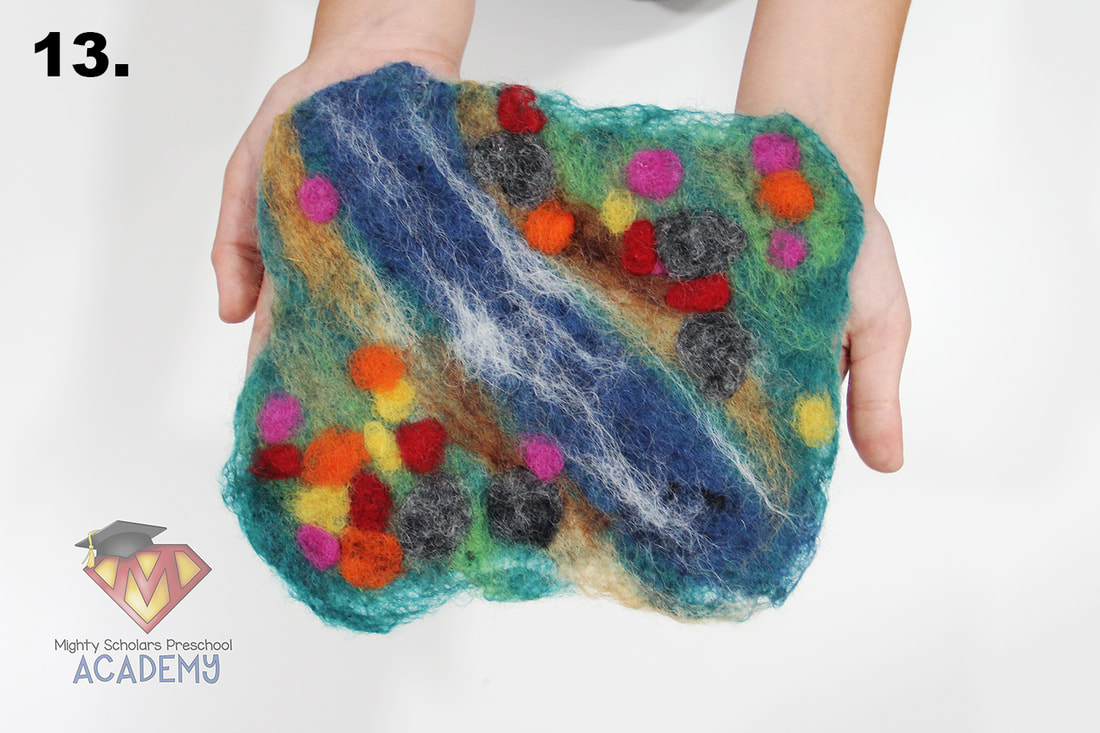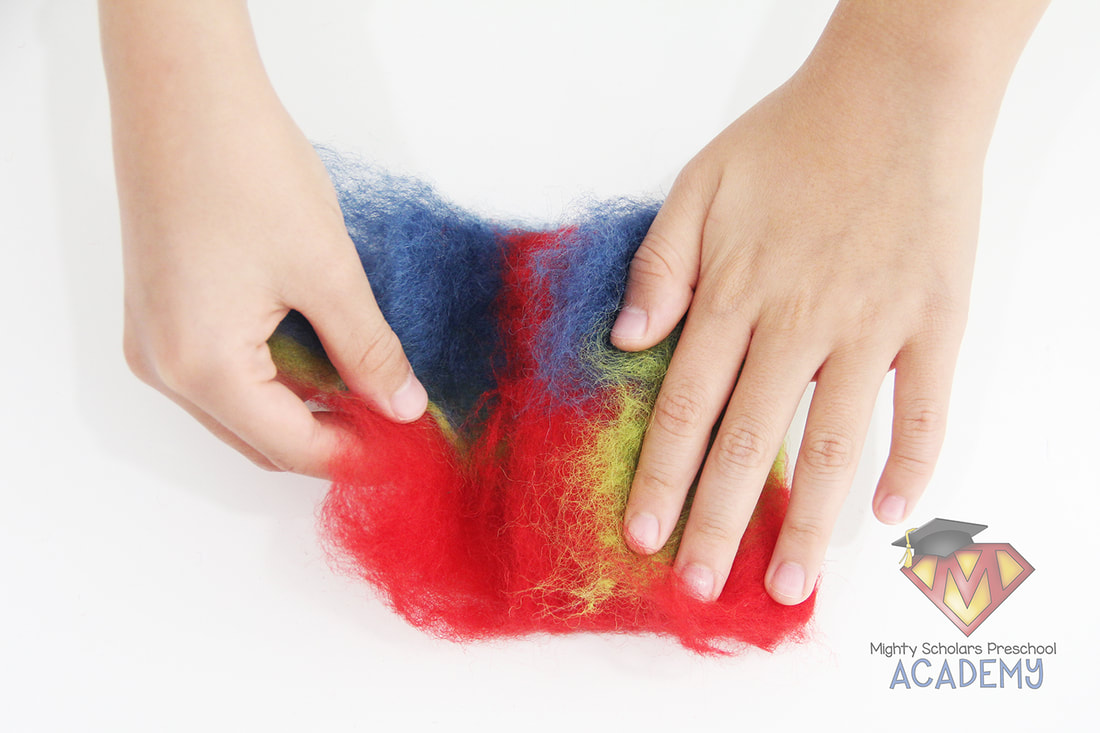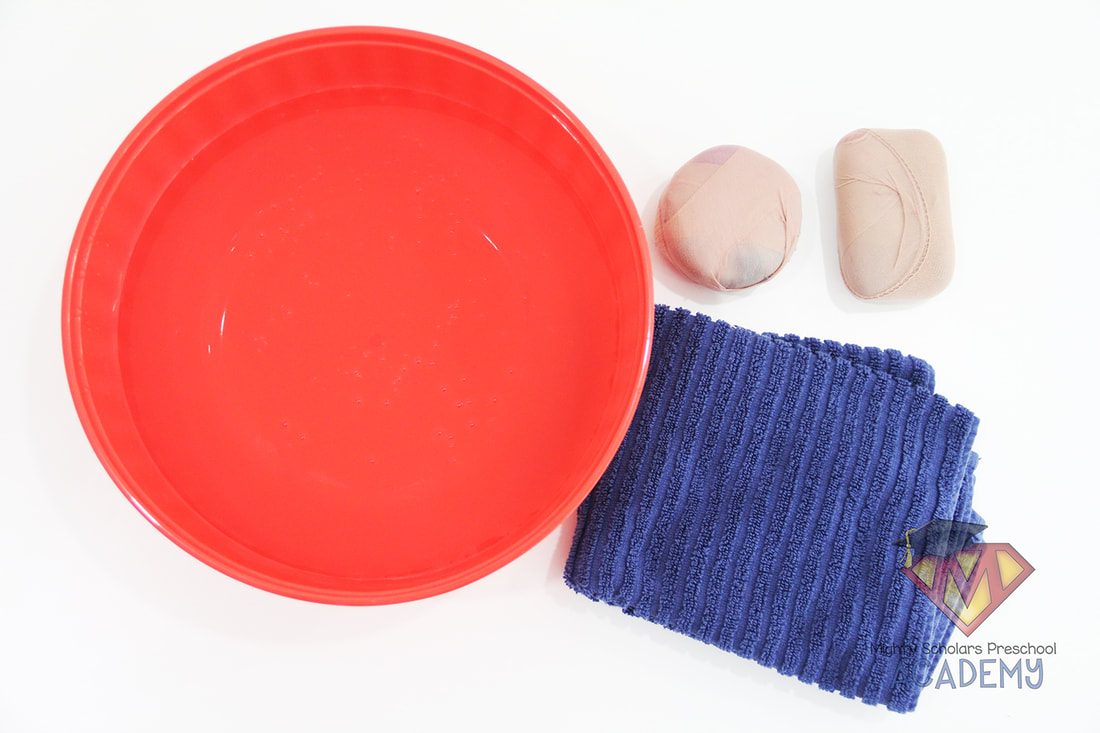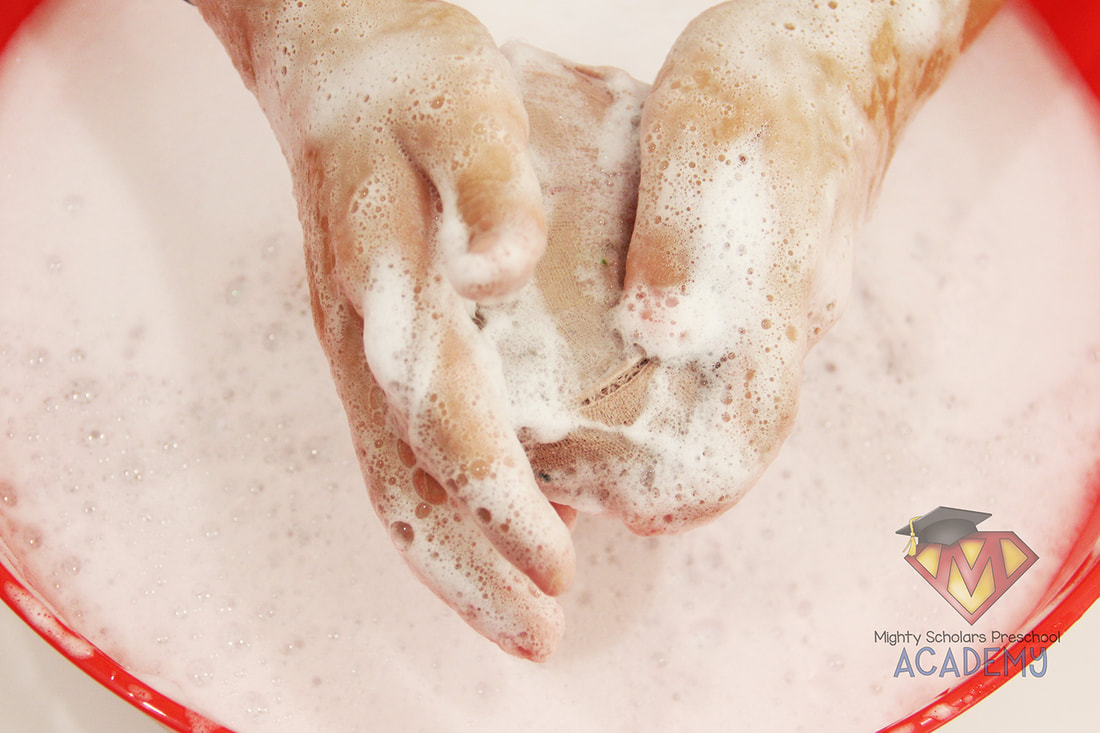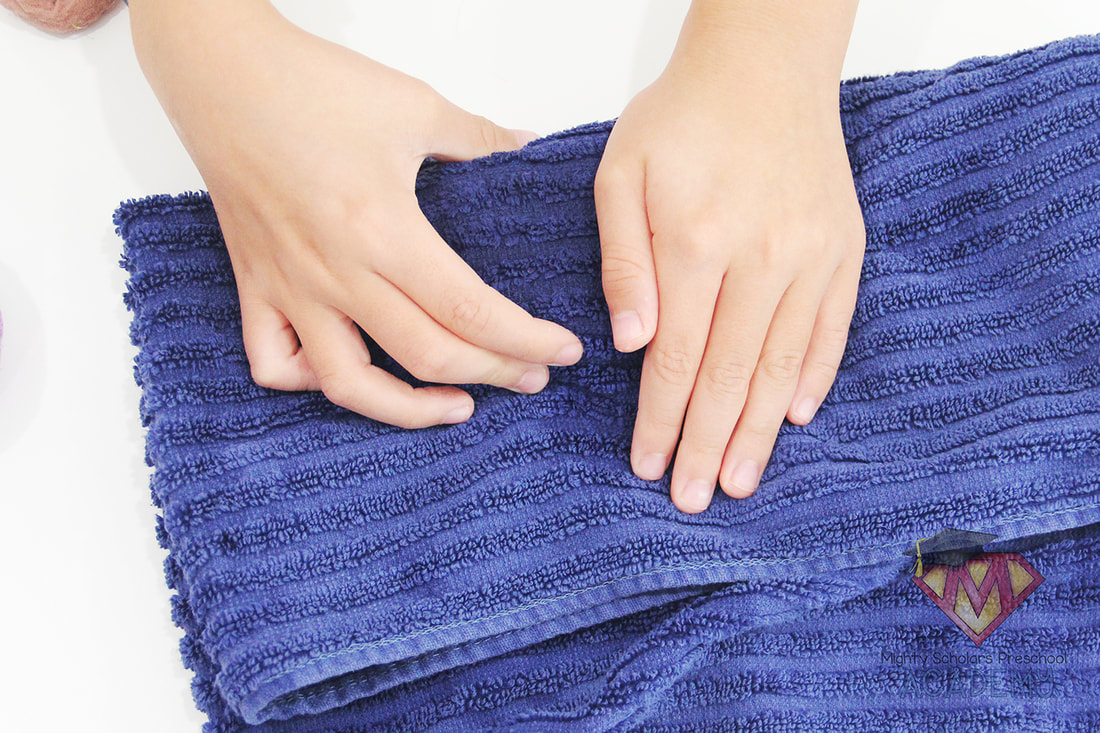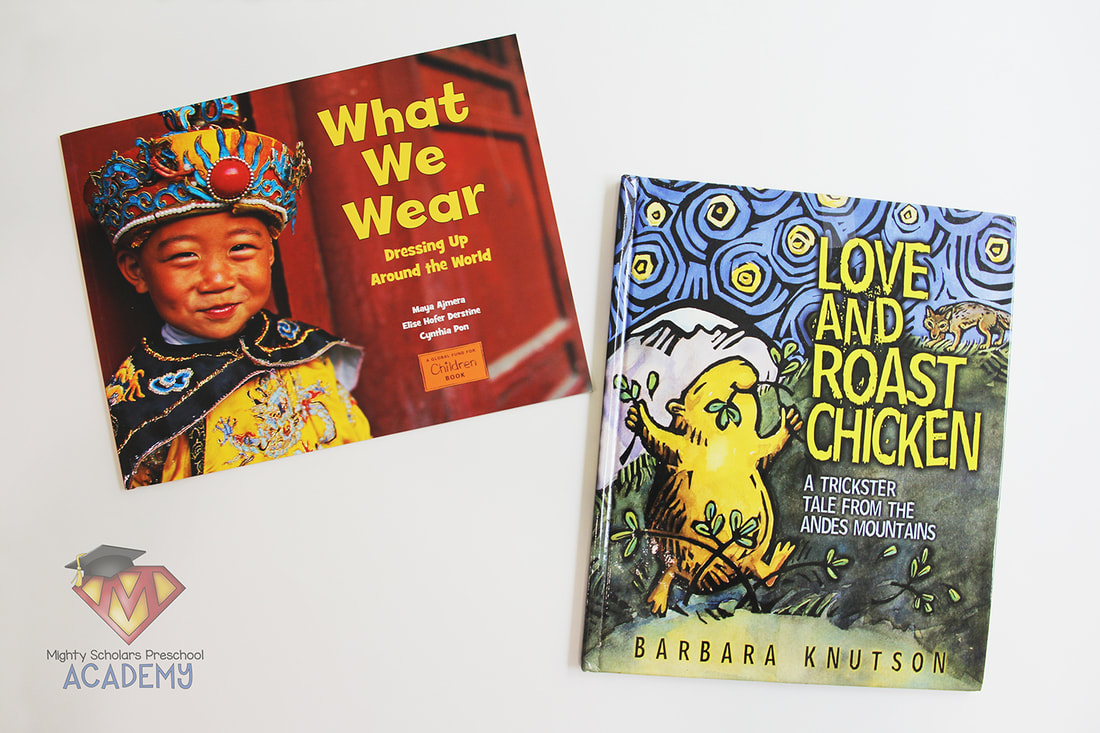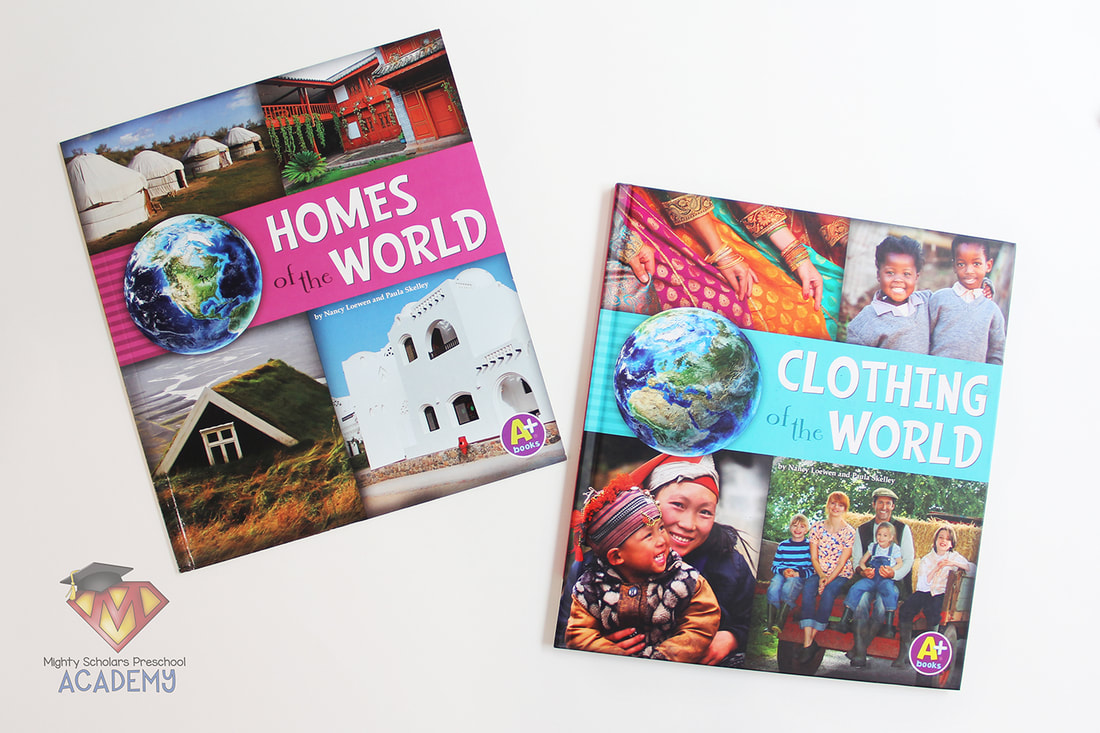World Adventures Dramatic Play Series
Introduction
During our school year of World Adventures, we "travel" to different countries and experience an imaginary, playful theme, based off something special from each one.
Introducing the World Adventures concepts in an age appropriate environment and format, provides a small glimpse into the beautiful diversity of life beyond their personal world. As a teacher, you will be able to know if your class is ready for themes and concepts branching beyond their immediate world view. Begin by introducing the concepts such as near/far, up/down, ways we travel, and children around the world. As needed with all themes, the World Adventures Dramatic Play Series is open-ended (without specific requirements) and playfully (loosely) based, without requiring geographical and historical facts. The World Adventure themes offer development of social skills, problem solving, higher order thinking, as well as fine and gross motor skills. Various themes also include embedded educational concepts such as: sequencing, one-to-one correspondence, literacy and enriched vocabulary. Children love the idea of traveling and are very curious about other children and the world around them. I introduce imaginary travel experiences through: simplified mini lessons, simple maps and globes, and a wide range of fiction and non-fiction books. We discuss what children around the world do, where they live, how they dress and the types of food they eat. Each imaginative travel theme brings an open-ended, fun, exciting and unique adventure from that particular country and area of the world. Many of the themes are made from my own experiences as a world traveler.
Peru: Llama/Alpaca Farming and Wool Processing
As one of the most majestic places on Earth, Peru captivates travelers from around the world. Llamas and alpacas are native to Peru and can be seen grazing on the hills and mountainsides. Since llama and alpaca wool is incredibly thermal, both need to be shorn almost annually, to keep them from overheating. The wool isn't simply discarded and wasted, its used to make beautiful yarns, threads and felt. The process to care for llamas and alpacas, shear and process the wool into yarn/thread, and learning to weave, is fascinating. During our World Adventures: Peru theme, our imaginative experience gives my scholars the ability to learn the entire process and become Peruvian llama and alpaca farmers, in our classroom imagination center.
Calendar Cards
Each world theme includes a set of calendar cards. It's important to show class events on the calendar, for students to count up to. My scholars enjoy seeing our events for the month on our classroom linear calendar. They eagerly count up to the "travel" day in excitement and often proclaim their enthusiasm while announcing the remaining days to their peers.
Simplified Altas, Maps and Globe
One of our favorite books to introduce maps and where we are, compared to the world around us, is 'Me On The Map' by Joan Sweeney. The Melissa and Doug 'World Map Learning Mat' is a small, simple version I place in the literacy center. I like to use and place the 'First Atlas' by Miles Kelly in our literacy center as well. I use the 'World ScrunchMap' at the beginning of each theme. It's more durable than a paper map and can be easily passed around, or laid out for hands-on use. It's not one I leave out through each theme, since it's much more complex. However, I do like to give my scholars a view of the incredible amount of special places around the world. I have a simple globe set out in our literacy center, that I switch out periodically with an inflatable globe, to introduce the concept of the Earth.
Passports, Stamps and Visas
Each of my scholars receives a passport, with their picture and name inside. I printed their picture and name on sticker paper, leaving a place for them to add their signature. Each World Adventures theme includes printables for passport entry visas and exit stamps. I print the visas and stamps on sticker paper. Date stamps are added when we "enter" the country on the first day and "exit" the country on the last day. On the last day of the theme, we discuss the experience, what they've learned and what they enjoyed the most.
Bunting and Mural
The Peru Bunting, is printed in full color, laminated and hung with multi-colored yarn. The mural is made from rolls of fade resistant bulletin board paper. Like all my murals, I laminate them in panels so they can be stored and reused.
Llamas/Alpacas and Wool
Stores, such as Walmart, carry large stuffed llamas and/or alpacas during holidays such as Christmas and Valentines. To make llamas/alpacas the size I wanted for the theme, I made them using the wonderful pattern by Ric Rac , found on Etsy. I simply enlarged the pattern to my desired size and added forehead and cheek puffs with extra fabric. To give you an idea on the size I use in our classroom, the llamas/alpacas are approximately 30" in height, at their tallest point.
Included in the dramatic play pack is the Wool to Yarn Process. I use the sign as a visual step-by-step in the imagination center, for my scholars to optionally follow. All the necessary tools are found in the center.
Llama/Alpaca Care and Wool Processing Supplies
Our imagination center has one set of cubbies, to arrange supplies for the theme. I always add a theme/activity related book to the center. Each of the themes have items that can be easily pulled from other themes and activities, used in the classroom. The National Geographic Kids book that I place in our imagination center, has wonderful full color photographs. The title is 'Llamas' and it's by Maya Myers.
Care and Wool Processing Checklists
Color checklists are laminated and added to small clipboards. Washable dry erase markers and an eraser are available to check off the items on the list. I like to conserve paper, without sending more clutter home, so I use a laminated version.
Shearing and Processing
The wool shearing and processing process requires quite a few tools. For the theme, I use hair grooming supplies from a barber and salon play set that was purchased from Amazon. Loose wool is simply small, medium and large pom-poms. The cleaning and drying screen is an expandable replacement screen from Walmart. The edges were covered in colorful duct-tape. I use canvas drawstring bags from Hobby Lobby, for the wool washing bags. I added the wording in HTV vinyl. A large red bowl (from Dollar Tree) is set out for the wool washing tub. Wool carders are Dollar Tree pet brushes, with the metal bristles removed. The drop spindles are made from E6000 glued wooden dowels and wheels (from Hobby Lobby), and picture hangers to hold the piece of spinner yarn.
More Supplies
Woven fabric blankets and scarves are set out for pretend finished products. My scholars also like to use them as either part of their dress-up, or to drape over the llamas/alpacas, if they think they feel cold. A ball of finished wool yarn gives children the opportunity to learn to wrap yarn into a ball and use as they "process" the wool into yarn. Additionally, wooden spools have yarn, with one end of the yarn tied and glued to the spool (with E6000 glue). Wrapping yarn or thick thread around a spool can help build eye-hand coordination, fine-motor, directional skills, crossing the midline - just to name a few. Llama/Alpaca food is made from simple cut strips of yellow felt.
Vests and Name Tags
With nearly all of my themes, I use vests and/or Montessori aprons. They can be easily adapted and decorated to fit any theme. The World Adventures: Peru Dramatic Play Pack also has name tags.
Sequencing Signs
The World Adventures: Peru Dramatic Play Pack includes sequencing signs for both llama/alpaca care and simplified loom weaving. I use the IKEA children's loom, with the stretch knit strips. Using wide stretch knit material, helps young children to grasp and maneuver the strips much easier than yarn or thread. Wide stretch knit strips also help with patterning. The weaving basics, in and out, can be difficult for some. Don't skip modeling the process, after giving students a previous weaving lesson and activity.
Word Cards
Word cards are included in the dramatic play pack, in both uppercase and upper/lowercase. I usually put a set up in our writing center, in the imagination center and also the creativity (art) center. I use additional themed center activities, including a reader, that will be available in the corresponding World Adventures Math and Literacy pack.
Process Art #1: Wool Wet-Felted Play Mat
Wool wet-felted mats are a beautiful addition to any play space. After learning about how wool is processed and how felt is made, my scholars are given the opportunity to make their own small wool wet-felted play mat. Once their mat is dry, I give them miniature figures to complete their own little set to take home. This process art is something they can enjoy playing with long after their preschool year has come to an end.
Felted Play Mat Supplies
To make wool felted play mats you'll need:
Horizontal and Vertical Fiber Layering
Start by laying out the bubble wrap on the tray. Pull apart thin sections of roving and lay them in one direction in the size you'll want your mat. Add a second layer by laying thin sections of roving in the opposite direction, covering the first layer. Continue for at least 4 layers, or until you have a desired thickness. It will be fluffy until it has been felted.
Add the Details and Begin Wet-Felting
After the mat base layers have been completed, you can add desired details with wool roving. For flowers and rocks, thin pieces of roving can be balled up and placed on the mat. The mat pictured has had a stream added, with various flowers and rocks. After placing all the details, make a cup of warm soapy water and pour it sparingly over the mat, being careful not to dislodge detail pieces. Make sure to soak the wool in enough water to give the wool a wet appearance.
Agitate the Fibers
Fold the bubble wrap over or place another piece over the top of the mat and press. Press the mat and run your hands along the surface of the bubble wrap to evenly wet the entire mat in the soapy water. Continue to press and run your hands over the mat for a couple minutes to agitate the fibers.
Roll, Rinse and Dry
The next step in making the mat is the most time consuming and requires quite a bit of patience and willpower. Its easy for a scholar to give up from tiredness, so you may need to help at times or take a break. Lay the bubble wrap and mat "sandwich" onto a towel. Roll the towel and mat over and around a pool noodle. Secure the towel/mat with rubber bands. Roll and squish, back and forth. It will take anywhere from 5 to 20 minutes, depending on the thickness and pressure given during rolling. You can carefully unwrap the towel/mat to check for tight and flat felting. If you feel it needs more rolling and agitation, roll it back up securely and continue the process for a period of time longer. Once the mat fibers are well secured together, unwrap the mat and rinse it under cold water. Carefully wring out the water and lay it flat on a rack to dry thoroughly.
Play!
The Safari Ltd. miniatures are a great size for small, personalized wool play mats. Take care, however, as they can be a choking hazard for younger children.
Process Art #2: Wool Felted Soap (Great Gift)
Another wonderful process art piece is wool felted soap. My scholars make this as a gift for parents or for Mother's Day. Wool is antibacterial and antimicrobial. By adding the wool felted wrap to soap, it lasts longer and has a great built-in washcloth. The wool tightens as its used and continues to snugly wrap the soap as it reduces over time. Long before liquid hand soap pumps, wool was felted over bars of soap and used on a regular basis. The colorful designs of felted wool can be a beautiful personal touch from scholars to a loved one.
Wool Felted Soap Supplies
The following supplies are needed to make wool felted soap:
Wrapping Wool Roving
Begin by making a single layer of wool roving in the desired color or colors of your choice. Place a second layer on top of the first, in the opposite direction. Place the bar of soap on the middle of the layers and snugly wrap the top layer around the soap. Continue by snugly wrapping the bottom layer around the soap, making sure the entire bar of soap has been completely covered by wool roving.
Nylon Wrapping
Place the wool wrapped bar of soap inside a nylon stocking, down to the toe end. Tightly wrap the remainder of the nylon stocking around the bar of soap and securing it by folding it onto itself... similar to darning socks.
Agitation and Felting
Fill the bowl with warm water and immerse the wrapped bar of soap into the water to get it thoroughly wet. Run your hands all over the bar of soap, building up suds and agitating the fibers. As you do so, the fibers begin to felt together and tighten around the soap. If you're working on two bars of soap at once, rubbing them together can make the process quicker than simply using your hands for the same process. You'll notice the fibers felting and tightening, after a few minutes of agitation.
Rinsing and Drying
After your bar of soap has been thoroughly agitated and the fibers seem to have felted tightly together, rinse the nylon covered soap under cold water. Remove the nylon stocking and squeeze dry the bar of soap in a tightly wrapped towel. Place the soap on a rack and allow it to dry throughly before giving it as a gift.
Older elementary students can add additional wool designs to the bar of soap with wool roving and a felting needle.
Books
There are many fiction and non-fiction books on llamas, but only a few on Peru. Some of the books from my collection are: 'Llama Llama Red Pajama', 'Llama Llama I love You' and 'Llama Llama and the Lucky Pajamas', all by Anna Dewdney, 'Up and Down the Andes' by Laurie Krebs, 'Spotlight on Peru' by Robin Johnson, 'Llamas' by Maya Meyers, 'When Your Llama Needs a Haircut' by Susanna Leonard Hill, 'The Littlest Llama' by Jane Buxton, 'A Couch for Llama' by Leah Gilbert, 'Maria Had a Little Llama' by Angela Dominguez, 'Patterns in Peru' by Cindy Neuschwander, 'Love and Roast Chicken: A Trickster Tale From The Andes Mountains' by Barbara Knutson, and 'The Llamas Secret' by Palacios.
There are five books the I leave out in our library, during the entire school year: 'What We Wear: Dressing Up Around the World' by Maya Ajmera, 'People of the World' by Nancy Loewen, 'Food of the World' by Nancy Loewen, 'Homes fo the World' by Nancy Loewen, and 'Clothing of the World', also by Nancy Loewen. They have fantastic colorful photographs of the actual people, foods and places around the world. My advanced readers enjoy reading pages to their peers, when we travel to a new country.
Additional Activities
Additional activities are set out in other centers, that fit within the theme. Two fo our favorites are 'Llamanoes' card dominoes game and the 'Hackin' Packin' Alpaca' fine-motor stacking game.
Click the image below to be taken to the World Adventures: Peru Dramatic Play Pack on Teachers Pay Teachers:
Please note, as a participant in the Amazon Services LLC Associates Program, I may earn a small commission on qualified recommended links.
The Amazon Services LLC Assocites Program is an affiliate advertising program designed to provide a means for sites to earn advertising fees by advertising and linking to Amazon.com.
My Amazon Picks to Complete the
World Adventures: Peru Dramatic Play Pack: Comments are closed.
|
Categories
All
©2012–2024 Mighty Scholars Preschool Academy
|

